IT Security
Secure Your Technology
From hackers to ransomware, we’ve all heard the horror stories of smart computer nerds going rogue. Protecting your data, devices, information technology and digital assets is a mandatory risk mitigation requirement to protect your business, staff and customer information. During 2020/21 alone, ACSC found Australian cybercrime losses totalled over $33 billion. Don’t become another statistic.
Technology Partners
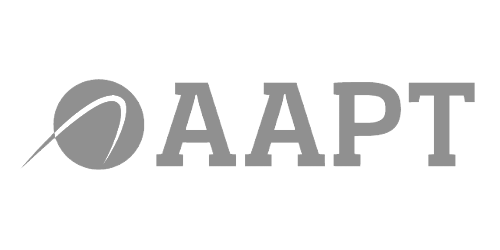
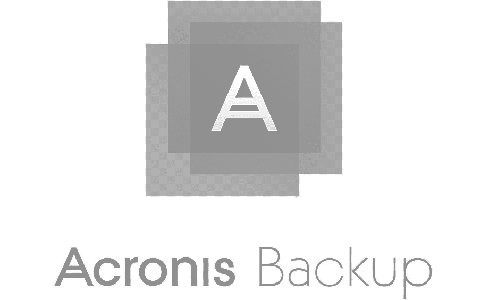
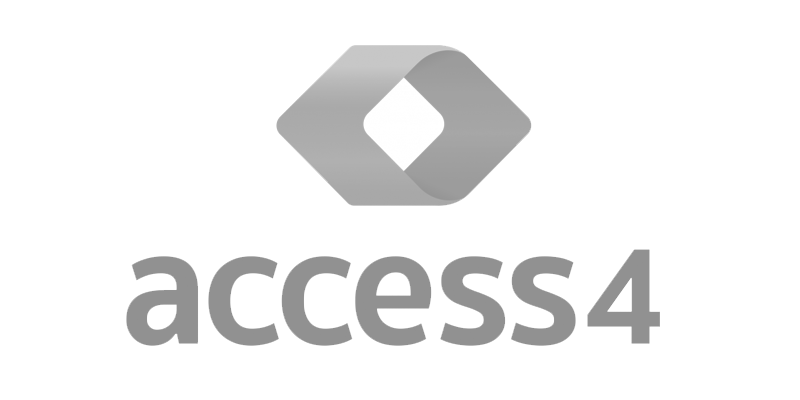

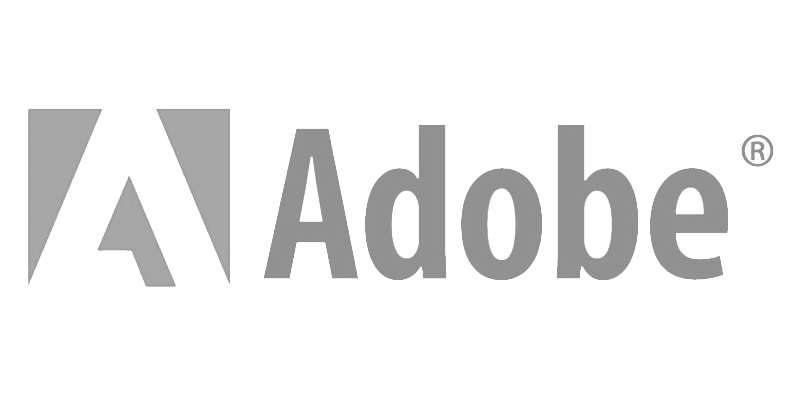
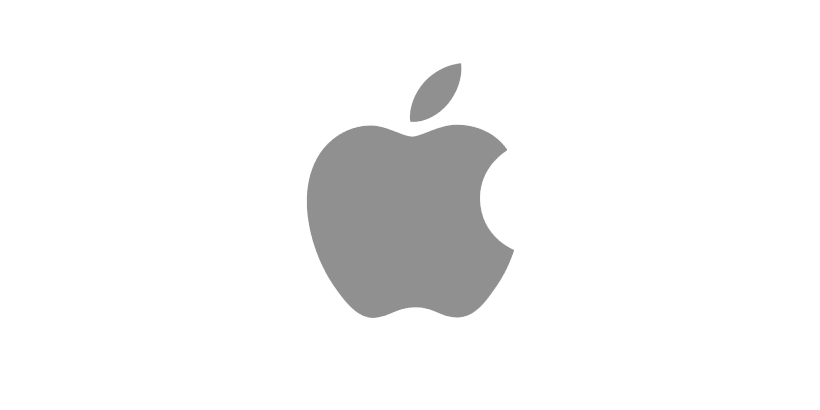

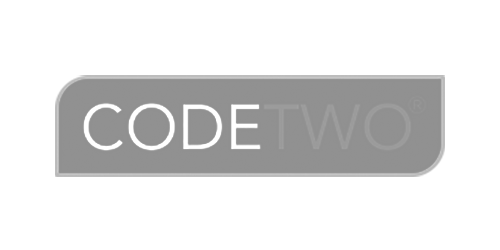
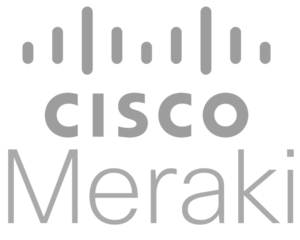
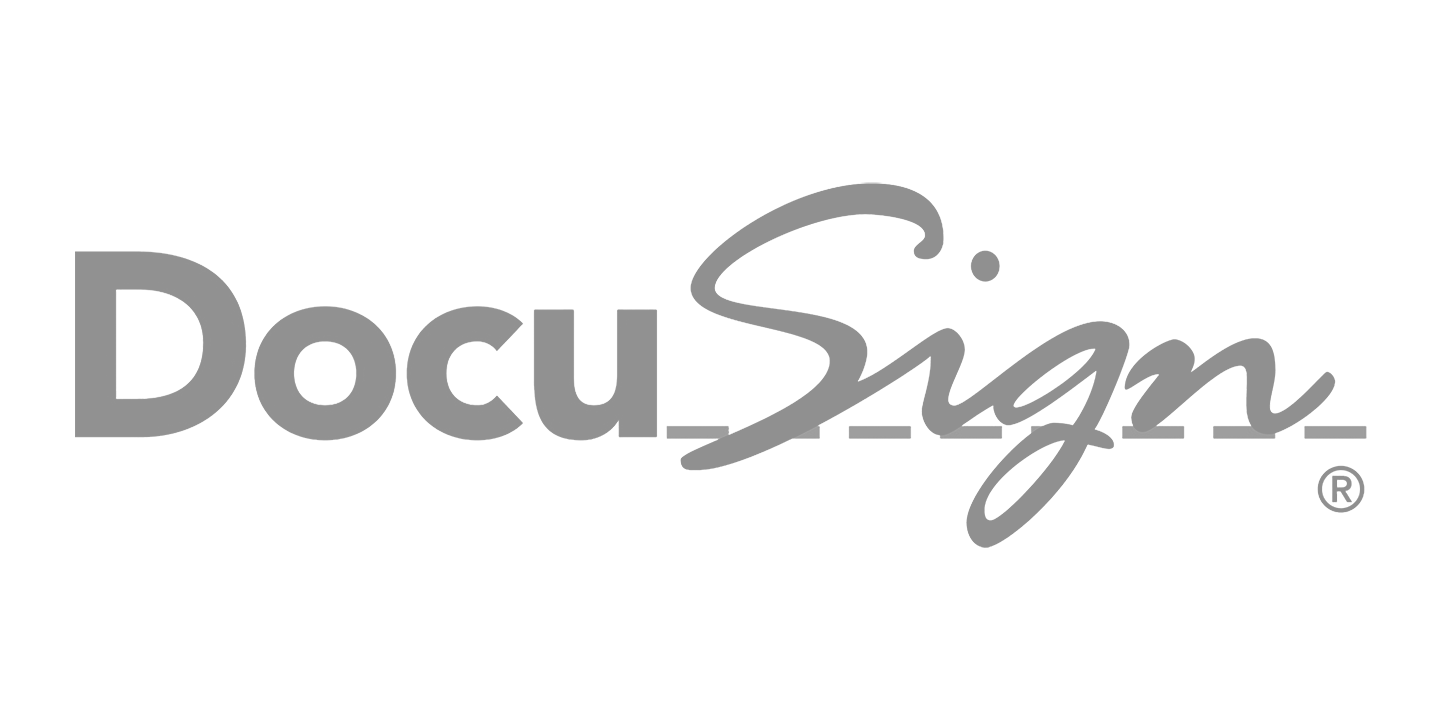






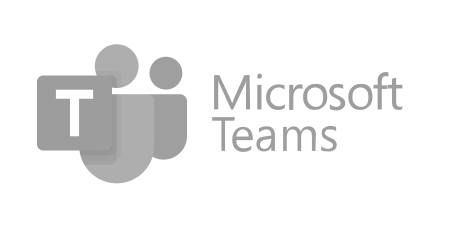



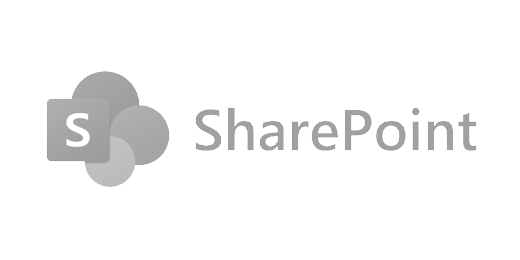

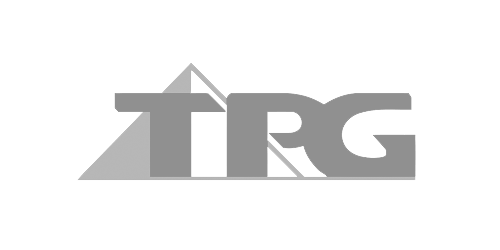




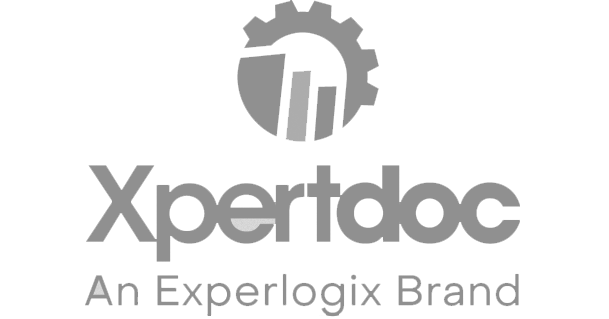

Device, Data, Network and Digital Security
Website security
For many businesses, their website is their most important digital asset. Keeping website software up-to-date and hosted on servers that include the latest technology to prevent intrusion is mandatory to help prevent website hacking.
Other strategies, including those that make it impossible to be held to ransom, can also be embedded to increase dramatically your security on the web.
Network security
Network security prevents unauthorized or malicious users from entering your network. Protecting the network’s usability, reliability, and integrity from being compromised the tools needed to prevent a hacker from accessing data inside the network or negatively affecting your users’ ability to access or use it.
Network security has become increasingly challenging as businesses increase the number of endpoints and migrate services to public cloud.
Internet security
Internet security involves the protection of information that is sent and received in browsers, as well as network security involving web-based applications. These protections are designed to monitor incoming internet traffic for malware as well as unwanted traffic. This protection may come in the form of firewalls, antimalware, and antispyware.
Endpoint security
Endpoint security provides protection at the device level. Devices that may be secured by endpoint security include cell phones, tablets, laptops, and desktop computers. Endpoint security will prevent your devices from accessing malicious networks that may be a threat to your organization.
Advance malware protection and device management software are examples of endpoint security.
Cloud security
Applications, data, and identities are moving to the cloud, meaning users are connecting directly to the Internet and are not protected by the traditional security stack.
Cloud security can help secure the usage of software-as-a-service (SaaS) applications and the public cloud. A cloud-access security broker (CASB), secure Internet gateway (SIG), and cloud-based unified threat management (UTM) can be used for cloud security.
Application security
With application security, applications are specifically coded at the time of their creation to be as secure as possible, to help ensure they are not vulnerable to attacks. This added layer of security involves evaluating the code of an app and identifying the vulnerabilities that may exist within the software.
For more information about IT security, please call us on (+61) 381 033 030
Sign up to our newsletter


